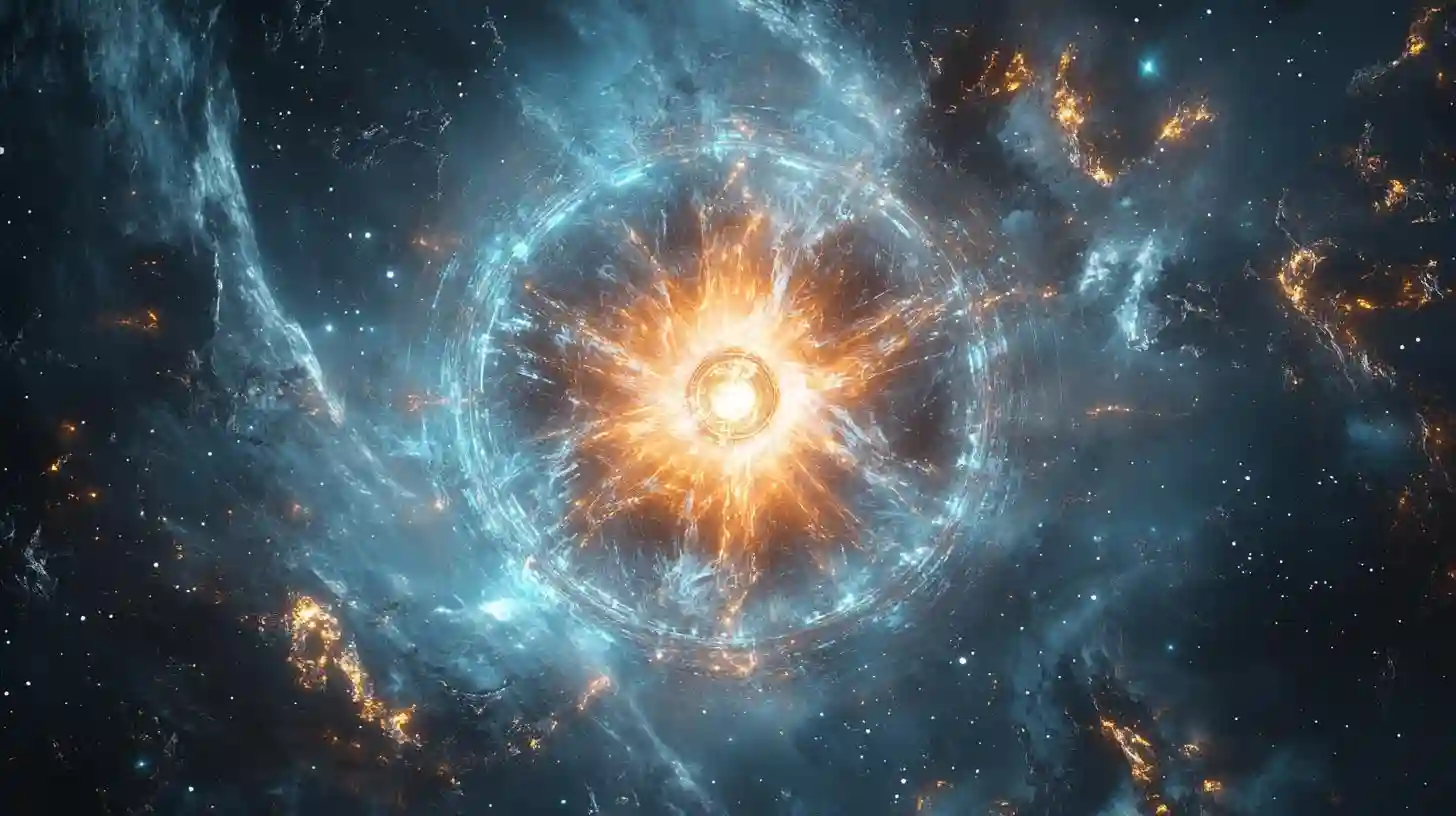
The Star Gate holds a significant place in the annals of science fiction cinema, representing a captivating blend of innovative storytelling, groundbreaking special effects, and profound philosophical questions. Emerging in a period when the genre was evolving rapidly, Star Gate became a cultural phenomenon that expanded the boundaries of imagination and challenged the audiences’ perceptions of space, time, and human destiny.
At the core of Star Gate’s allure is its captivating premise. The narrative revolves around a mysterious device that transports individuals across vast distances in space, effectively serving as a bridge between different worlds and cultures. Early in the film, we are introduced to a remote archaeological site where the discovery of the Star Gate prompts scientific inquiry and adventure. This device, infused with an air of both wonder and danger, becomes a catalyst for exploration, allowing the protagonists to journey to an extra-terrestrial world that holds ancient secrets. The allure of the unknown is a theme that resonates deeply with viewers, as it posits essential questions about humanity’s place in the universe.
The film showcases a stunning array of visual effects that were groundbreaking for its time. The depiction of the Star Gate itself, a swirling, luminous ring that acts as a portal to other dimensions, illustrates a pinnacle of creative achievement in the early nineties. The combination of practical effects with digital technology allowed for breathtaking scenes that transported audiences beyond the ordinary into realms of fantastical worlds. Every journey through the gateway offers a unique set of visual spectacles, featuring alien landscapes and innovative extraterrestrial architecture that captivates the imagination.
An essential aspect of the Star Gate's charm is its portrayal of diverse cultures and civilizations. As characters traverse the galaxy, they encounter distinct societies, each possessing unique traditions, beliefs, and technologies. This exploration serves as a microcosm of Earth’s own diverse cultures, highlighting themes of cooperation, understanding, and the potentially destructive nature of conflict. The film gracefully interweaves these elements, challenging the characters and the audience to consider the complexities of interstellar relations and the shared experiences that unite different peoples across the cosmos.
The characters, too, are significant to the enduring legacy of Star Gate. Each protagonist, from the driven archaeologist to the military personnel tasked with the mission, embodies different facets of human curiosity and courage. Their interactions reveal not only their personal struggles but also underscore a larger narrative about the quest for knowledge and the responsibility that accompanies discovery. The evolution of these characters throughout the journey speaks to timeless themes of sacrifice, friendship, and the moral implications of exploration. The complexity of their relationships adds depth to the story, creating an emotional core that resonates with audiences on multiple levels.
Furthermore, Star Gate explores profound philosophical questions that linger long after the credits roll. The concept of destiny, the possibility of parallel worlds, and the very nature of existence are woven intricately into the narrative fabric. It invites viewers to ponder the interplay between free will and fate, challenging them to reflect on their own lives in the context of the grand universe. This philosophical layer invites repeated viewings, as each encounter with the narrative offers new insights and interpretations, making it a treasure trove for those seeking both entertainment and intellectual stimulation.
As with many iconic films, Star Gate has left an indelible mark beyond its original theatrical release. It spawned a rich universe of spin-off series, comic books, novels, and even video games, each expanding on the lore and intricacies introduced in the film. These extensions further blur the lines between fiction and reality, inviting fans to immerse themselves in a broader narrative tapestry that celebrates the wonder of discovery and the allure of adventure.
In many ways, the legacy of Star Gate endures not simply as a film but as a cultural touchstone that embodies the spirit of exploration and imagination. Its ability to transport viewers to distant galaxies, coupled with its exploration of meaningful themes, secures its status as a landmark achievement in science fiction cinema. As audiences continue to explore the wonders of the universe both on-screen and in reality, the influence of Star Gate remains a guiding light in the quest for knowledge and understanding beyond the stars.